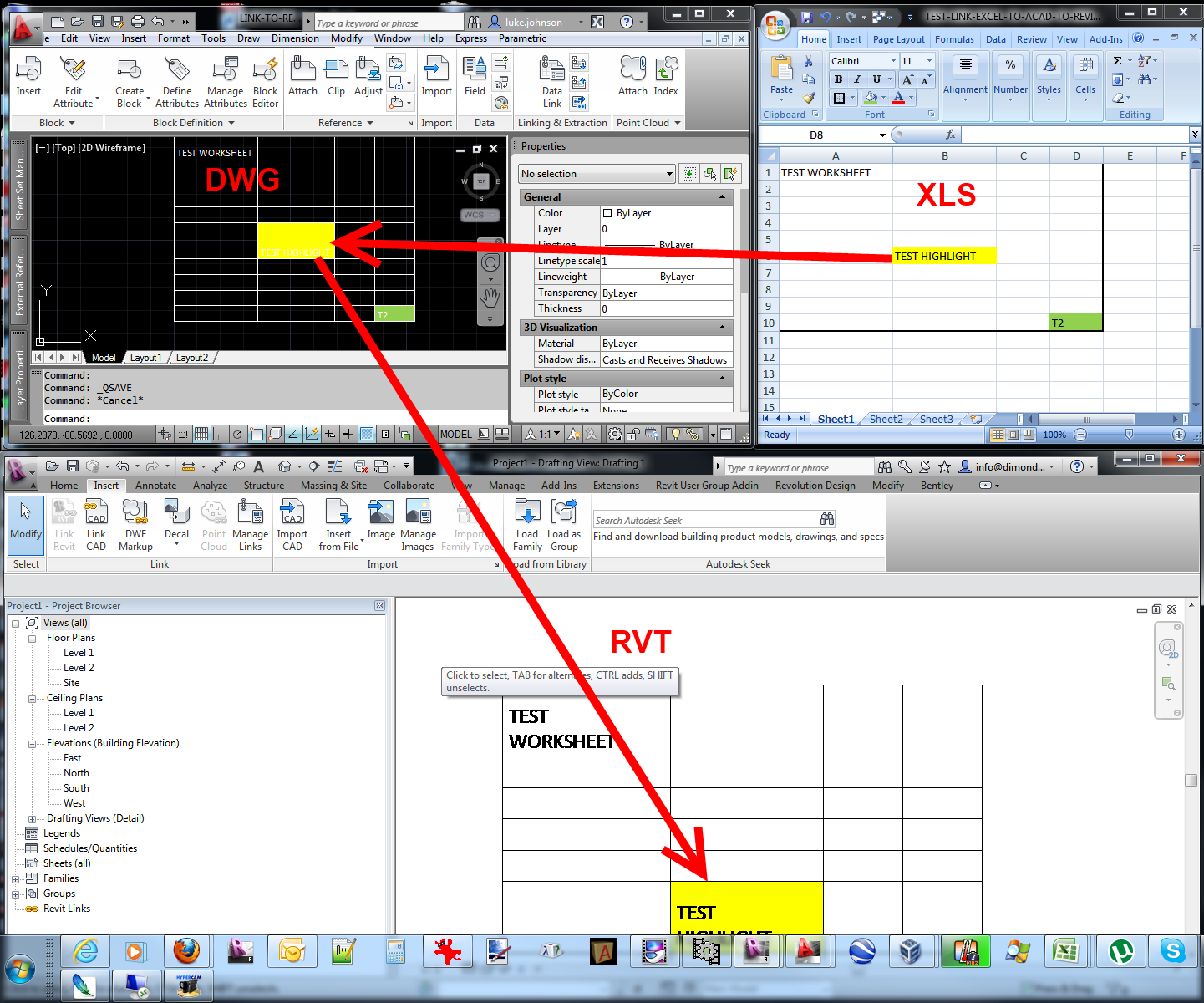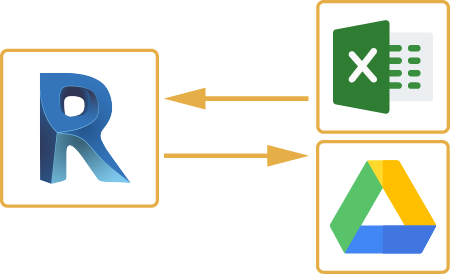Grasping the Art of Information Integration: Exactly How to Seamlessly Import Excel Files Into Revit
Are you having a hard time to import Excel files into Revit efficiently? Look no more! In this short article, we will certainly lead you through the process of understanding the art of information assimilation. Discover the value of seamless integration in Revit and check out the Excel documents layout for Revit integration. Get prepared to prepare your Excel information easily and follow our detailed guide to import files into Revit. With our finest techniques, you'll achieve data integration success in no time at all. Allow's begin!
Comprehending the Value of Data Assimilation in Revit
Understanding the relevance of information assimilation in Revit is important for seamless importing of Excel data. When you integrate data from Excel into Revit, it allows you to efficiently upgrade and handle information throughout the entire task. This assimilation makes sure that your style and building procedure is current and accurate.
By integrating information, you can conveniently import and update parameters, timetables, and also geometry in Revit. This gets rid of the need for hand-operated information entrance, conserving you time and lowering the danger of errors. With Revit's information assimilation capacities, you can preserve consistency and precision in your task, while additionally enhancing collaboration amongst team participants.

Discovering the Excel File Format for Revit Integration

In order to successfully incorporate Excel documents right into Revit, it is critical to make certain that the information is formatted correctly. This consists of appropriately identifying columns and rows, as well as structuring the information in a method that is suitable with Revit's information schema. Revit makes use of certain specifications and categories to arrange data, so it is essential to straighten the Excel data with these parameters to make certain a seamless integration.
In addition, it is very important to keep in mind that Revit just supports particular data kinds when importing from Excel. These include message, numbers, and dates. Any kind of other information types, such as formulas or conditional format, will certainly not be acknowledged by Revit and might trigger concerns during the combination process.
Preparing Your Excel Data for Seamless Import Into Revit
To make certain a smooth combination procedure, you'll need to appropriately format and tag the columns and rows in your Excel data before importing it right into Revit. This step is vital because it enables Revit to properly interpret and arrange your information. Beginning by examining your Excel data and determining which rows and columns include appropriate details for your Revit task. Then, make certain to classify each column with a descriptive and clear header. This will help you and others quickly comprehend the objective of each column and stay clear of confusion during the import have a peek here procedure.
Next, ensure that the data in each column is correctly formatted. As an example, if you have a column for measurements, make sure that all dimensions are consistently formatted in the very same systems of measurement. Revit counts on regular format to precisely interpret and import data.
Furthermore, it is necessary to inspect for any empty cells or inconsistencies in your data. Revit might not have the ability to check out or import data from cells that are vacant or consist go to this web-site of errors. For that reason, it is recommended to evaluate your Excel data and tidy up any kind of variances before importing it right into Revit.
Step-By-Step Overview to Importing Excel Record Into Revit
When you have actually appropriately formatted and identified your Excel information, you can quickly import it into Revit by following this detailed guide. To start, open Revit and browse to the "Insert" tab. revit plugins.
Following, a dialog box will show up, enabling you to tailor the import setups. Below, you can select the worksheet you wish to import, specify the series of cells to import, and pick the suitable devices for your data. When you have actually made your selections, click "OK" to continue.
Revit will certainly currently display a sneak peek of your Excel information. Take a moment to make certain and review the preview that every little thing looks correct. If needed, you can make adjustments to the import setups by clicking the "Settings" button.
Finest Practices for Information Integration Success in Revit
Make certain you adhere to these best methods to make sure successful integration of data in Revit. It is important to organize your data in Excel prior to importing it right into Revit. Be conscious of the data and units kinds when mapping the information, as any kind import excel into revit of inconsistencies can lead to errors in the integration process.
One more vital method is to routinely confirm and update your data. Furthermore, make use of information validation devices within Revit to determine any mistakes or disparities in the incorporated data.
Last but not least, it is suggested to develop a clear process for information combination. This consists of defining obligations and roles, setting up an interaction channel in between team members, and developing a regular tempo for information updates and testimonials. By complying with these ideal methods, you can make certain a effective and seamless combination of information in Revit, ultimately improving the effectiveness and precision of your project.
Final Thought
In verdict, understanding the art of information assimilation is critical for seamless import of Excel submits right into Revit. Recognizing the importance of information assimilation in Revit is the initial action in the direction of effective assimilation.
When importing information from Excel into Revit, it is essential to comprehend the file format and just how it can influence the assimilation procedure (revit add ins). Revit uses specific criteria and groups to arrange data, so it is essential to align the Excel information with these criteria to guarantee a smooth assimilation
Be conscious of the systems and data types when mapping the data, as any kind of inconsistencies can lead to errors in the integration procedure.
Furthermore, make use of data recognition tools within Revit to identify any kind of mistakes or inconsistencies in the incorporated data.
